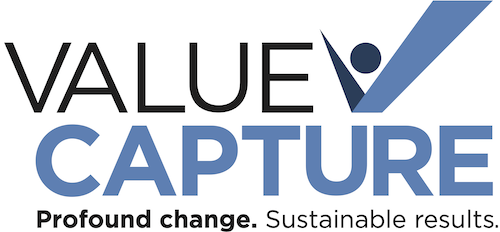Psychological Safety and its Essential Link to Continuous Improvement

Perfect safety for everyone in healthcare – patients, staff, visitors, and contractors – is a fundamental right.
Leaders we have worked with know that safety is the unarguable, aligning principle that all healthcare leaders should rely on to drive and sustain continuous improvement. Research and experience make clear that perfect safety requires a high level of psychological safety.
Simply put, we cannot get to zero harm without psychological safety.
Two Types of Safety
Value Capture identifies and defines two broad categories of safety:
- physical
- psychological
Physical safety is the absence of physical harm (injury), danger or risk that can be experienced by any person.
Zero physical harm would mean not only that no one is injured, but that the dangers and risks of physical harm are also zero.
As important as physical safety is, for employees and patients, it's not the only type of safety that matters.
What is Psychological Safety?
Psychological safety can be defined as “the belief that the environment is safe for interpersonal risk-taking by any person. Each person feels that candor is encouraged and expected. This is the condition in which you feel, among other things:
- included,
- safe to learn,
- safe to contribute,
- safe to call out problems,
- safe to make mistakes and
- safe to challenge the status quo
– all without fear of being embarrassed, shamed, blamed, marginalized or punished in some way.”
Achieving a state of continuous improvement is impossible without psychological safety.
It is also not possible to achieve physical safety without psychological safety. Said another way, psychological safety leads to physical safety. Psychological safety leads to conditions where habitual excellence is possible.
Remember, psychological safety is not a "yes/no" binary condition. There are degrees of psychological safety that might exist in your part of your organization.
Higher levels of psychological safety are better than lower levels, of course, and leaders need to consciously work to move the organization in the direction of having more psychological safety.
Read more insights and see more resources about psychological safety via our blog.
Why Is This True?
Why is it true that psychological safety is a necessary precondition?
When employees (at any level of the organization) do not feel a level of psychologically safe that is high enough, they do not:
- speak up,
- raise questions,
- point out issues,
- share ideas, or
- seek the help they need to do their work properly and safely.
Have You Worked Here?
Think back in your career, to a job you had where any of the following occurred:
- Your manager ignored or even belittled you for suggesting an idea or pointing out a problem;
- You didn't feel safe asking questions about your work
- A co-worker warned you against calling out safety problems, process issues, or other concerns;
- No one in a meeting spoke up when asked if there were any questions;
- You and/or co-workers were blamed or disciplined for mistakes.
Sadly, we’ve all probably worked somewhere like this. The result is a toxic and suffocating culture. It's not going to be a culture of excellence. Worse than that, it's likely to be a workplace that suffers from high turnover and the negative effects that come from that.
This type of all-too-common dysfunctional culture demonstrates why continuous improvement, performance excellence, and perfect safety /zero harm are impossible to achieve and sustain without psychological safety. The consequences of a lack of psychological safety are real and visible.
But, we can thankfully change and improve our culture.
Insights from Prof. Amy Edmondson
We often look to Professor Amy Edmondson, of Harvard Business School, for a lot of great information and inspiration on psychological safety.
She defines it as:
"Psychological safety is a belief that one will not be punished or humiliated for speaking up with ideas, questions, concerns or mistakes."
You can watch her fantastic TedX talk on the subject:
And here is an interview our colleague Mark Graban conducted with Edmondson as part of his Lean podcast series:
Edmondson’s research looked at companies (like Google) as well as healthcare organizations.
Her research question was: Do better hospital teams make fewer mistakes, such as medication errors?
She was surprised to learn that it appeared that better-performing teams appeared to be making MORE mistakes, not fewer.
Why?
The better teams aren’t making more mistakes, they were more willing to discuss them in a climate of openness that allows them to report and better understand these incidents.
Her research showed that, at Google, the primary distinguishing characteristic was that the highest performing teams had the highest degree of psychological safety. And, we would expect that to be true in healthcare.
How Do Leaders Build Psychological Safety?
Professor Edmondson offers three concrete actions that we agree with, coach to and recommend:
- Frame all of our work as a learning problem. There’s always uncertainty ahead, therefore, we need everybody’s brains involved.
- Acknowledge your own fallibility as a leader, and model that for others.
- Model curiosity — ask a lot of questions (which creates a necessity for people to speak up)
Another Definition (Timothy R. Clark)
Timothy R. Clark is another leading expert on psychological safety.
He defines it as:
"Psychological safety is a condition in which human beings feel (1) included, (2) safe to learn, (3) safe to contribute, and (4) safe to challenge the status quo -- all without the fear of being embarrassed, marginalized, or punished in some way."
His more succinct definition is that psychological safety is:
“A culture of rewarded vulnerability”
Clark defines the four stages of our team's progression toward psychological safety as:
- Inclusion Safety (everyone is accepted as a human right)
- Learner Safety (being safe to ask questions, for example)
- Contributor Safety (“empower them with autonomy, guidance, and encouragement”)
- Challenger Safety (being safe to challenge the status quo)
Here is a short video of Clark speaking about these concepts and his book:
What are the Benefits of Psychological Safety?
- Increased learning for individuals, teams, leaders, and organizations
- Better risk management and better outcomes for patients and safety for workers and visitors
- More improvement, more rapid improvement, and innovation
- Higher job satisfaction and meaning
 To create and nurture a psychologically safe workplace, leaders need to say and (more importantly) do a number of things, consistently over time.
To create and nurture a psychologically safe workplace, leaders need to say and (more importantly) do a number of things, consistently over time.
Value Capture serves as advisors and coaches to leaders who are working to build psychological safety in their organizations as the key to unlocking habitual excellence.
One concrete way we help is by coaching leaders, at all levels, as they are facilitating problem-solving in their workplace.
When a problem is found, leaders need to respond immediately — by thanking the person who identified the problem, ensuring that all understand the goal is never to blame people, but to find where the system failed and fix it for everyone.
Trust and Psychological Safety are Built Over Time
Establishing safety is more than a one-time task. Building trust happens over time.
Trust, like psychological safety, takes time to build... and it can be destroyed quickly.
Value Capture partners with leaders over a long-term basis, helping you build habits so that these practices become the norm and are embedded in the culture.
Value Capture Coaches Leaders
Value Capture helps leaders create an environment where it’s safe to identify any problems that colleagues see, even if others don’t see them as problems, and even if they aren’t sure how to articulate the problem or a countermeasure.
Value Capture coaches leaders as they work through all of the steps of effective root-cause, real-time problem solving — with psychological safety being a precondition for this work.
Talk with Us
If you’d like to learn more about creating psychological safety in your organization and how Value Capture can help, please use our Contact Form.
Additional Resources
- The Fearless Organization: Creating Psychological Safety in the Workplace for Learning, Innovation, and Growth (Edmondson)
- Why Is Psychological Safety So Important in Health Care? (Edmondson via the Institute for Healthcare Improvement)
- The 4 Stages of Psychological Safety: Defining the Path to Inclusion and Innovation (Clark)
- Continuous Improvement & Psychological Safety (Aravind Chandrasekaran, Ph.D., Habitual Excellence podcast)
Related Content
- Podcast episode: Aravind Chandrasekaran on Continuous Improvement & Psychological Safety
- Blog post (Mark Graban): Psychological Safety Means It's Safe to Ask for Help When You're Unsure
- Blog post (Ken Segel): What Can Leaders Learn? What Can Leaders Do?
More Learning Resources:
Check out additional introductory materials, and deeper-dive resources here.

